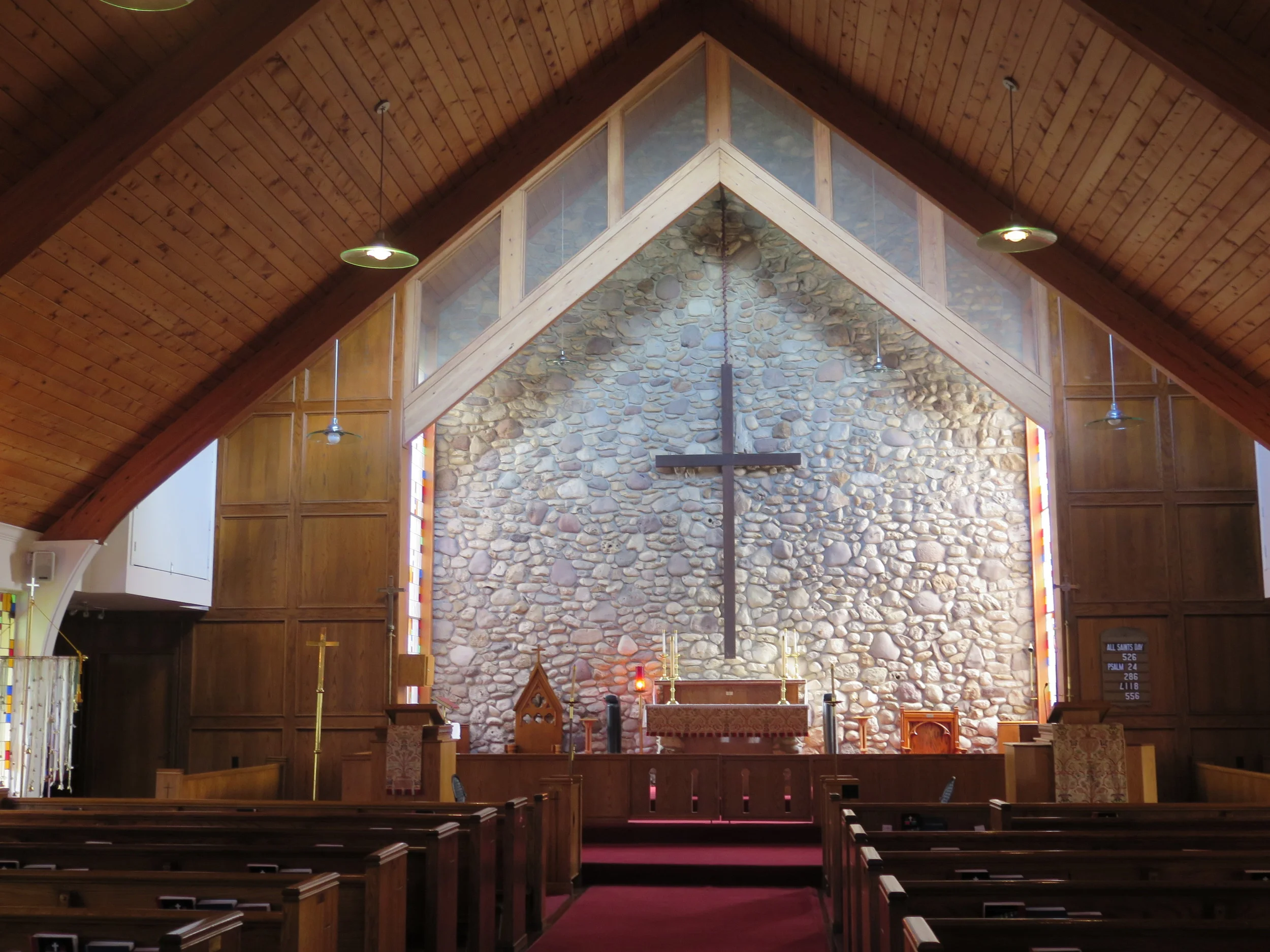What to Expect?
What to Expect When You Visit
One of the great aspects of Texas in general is the enormous variety of peoples and cultures to be found here. This is reflected not only in the membership of our Episcopal churches, but in the richly diverse ways in which those members worship each Sunday and on special occasions throughout the year.
At the heart of all Episcopal worship is the Book of Common Prayer, and within it the principal weekly service is the Holy Eucharist—also known as Holy Communion, the Lord’s Supper or Mass.
For each Christian season, the Book of Common Prayer lays out the form that the service should take, and provides the text for most of the prayers. A calendar of readings from the Scriptures, called the “Lectionary,” lays out which biblical passages should be read each day. Typical services will mix readings, prayers, hymns and a sermon. In every case, while a priest leads the service, the congregation participates extensively—singing hymns and speaking or singing prayers, the creed (statements of our beliefs), responses and psalms (sacred poems).
Exactly what one does when—should you be kneeling, sitting or standing? Should you sing or speak the responses? When do you say “Amen”? —can be a bit of a puzzle to a newcomer (and sometimes Episcopalians visiting a different church), but it should not be intimidating. In any event, because the essential form of the service remains the same from one Sunday to the next, you soon get used to it—and after that you will begin to experience what Episcopalians find so satisfying: the mental space that the familiar rhythm opens up to commune more profoundly with God.
The Book of Common Prayer provides a fixed framework, but not a rigid one. The details vary from church to church and are a matter of tradition and taste. One church may begin with a more or less elaborate procession of priest(s), acolytes and choir, and in another with the priest standing on the steps in front of the altar. Texas’ Episcopalians infuse their services with their own traditions from around the world and give each of them a unique character. They lift up their voices to the Lord in many languages from Spanish and English, to Ibo and Portuguese, and in a multitude of rhythms from jazz to those of traditional choirs.
Even within a congregation, worship services can be offered in a range of styles from contemporary to more traditional. Come join us, won’t you?
